Do Water Dispensers Use A Lot Of Electricity?
Are you wondering and want to know Do Water Dispensers Use A Lot Of Electricity?
With more and more businesses and organisations beginning to switch out their traditional coolers for energy-efficient water dispensers, it’s a question many have been asking.
In this blog post, we’ll explore the power usage of water dispensers in 2023 to help you make an informed decision about whether or not one is right for your business needs.
Do Water Dispensers Use A Lot Of Electricity? (Guidance)
For Complete Guidance about Do Water Dispensers Use A Lot Of Electricity? Must read the following.
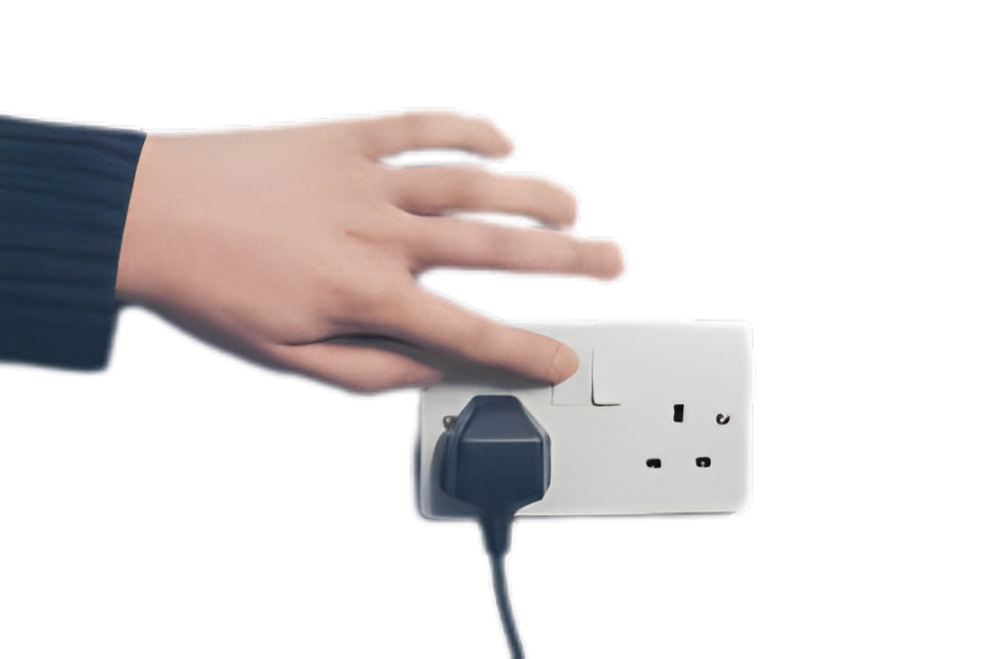
1. Overview of Water Dispenser’s Electricity Consumption
The electricity consumption of water dispensers largely depends on their size, model, and how often power is used. As a general rule, water dispensers do not consume significant amounts of electricity. Modern models are particularly energy efficient, designed to keep electricity costs low. While they do need power to heat or cool the water, they typically use less energy required than a light bulb. However, for an exact figure, it’s best to refer to the specifications provided by the manufacturer.
2. Understanding the Energy Efficiency of Water Dispensers
Optimising energy efficiency in water dispensers has become a focal point for manufacturers in recent years. Several techniques have been employed, such as the use of high-efficiency compressors, improved insulation, and power-saving modes when the dispenser is not in use. These modifications ensure that the dispenser uses less than 0.16 kwh of energy, making it as cost-effective as possible. It’s important to note, so that much energy will be conserved.
3. How do Water Dispensers Compare to Traditional Coolers?
Traditional coolers, often seen in office settings, require constant refilling and cleaning, and are not particularly energy-efficient. In contrast, modern water dispensers offer the convenience of providing both hot and cold water on demand while using less electric energy. They are designed with features like power-saving modes and insulation technology to decrease electricity usage. As a result, switching from a traditional cooler to a water dispenser can offer potential energy savings and more convenience for users.
4. The Impact of Water Dispensers on Your Electricity Bill
While the exact impact of a water dispenser on your electricity bill can vary based on the model and usage, it’s generally minimal. Modern water dispensers are designed with energy efficiency in mind, meaning they will not significantly increase your electricity costs. In fact, by providing an on-demand source of hot and cold refreshing water, they can even help to reduce energy usage elsewhere in your home or office, such as your kitchen’s electric kettle, electric coffee makers or fridge. However, as with all appliances, it’s advisable to check the specific energy rating and consumption details before any purchase to ensure they fit your energy budget.
5. Energy-Efficient Water Dispensers: A Cost Analysis
The cost-effectiveness of energy-efficient water dispensers comes into sharp focus when we perform a cost analysis. Comparatively, these devices may have a higher initial cost than traditional water coolers, but the long-term savings on electricity bills make them an economically viable option.
6. Factors Influencing the Power Consumption of Water Dispensers
Several factors can influence the power consumption of a water dispenser. Firstly, the model and design play a crucial role. Dispensers with more advanced features like touchless operation, in-built filtration, or high-capacity tanks might consume more energy. Secondly, the frequency of use impacts power consumption. A dispenser in a busy office will use more electricity than one in a small household due to the constant cooling and heating water system.
7. Making the Switch: Is a Water Dispenser Right for Your Business?
Deciding whether a water dispenser is right for your business depends on numerous factors. Given their energy efficiency, convenience, and added features, modern water dispensers can offer significant advantages over traditional coolers. Both from an ecological perspective and in terms of cost-effectiveness, making the switch is often a beneficial choice for businesses of all sizes. However, the unique needs and circumstances of your organisation should always be taken into account, including the frequency of use, budget, and specific feature requirements to get more informtion about Do Water Dispensers Use A Lot Of Electricity? must read the following.
Topics
The comprehensive topics related, Do Water Dispensers Use A Lot Of Electricity?
The important topics you must know about the water dispenser and their usage
In an era of increasing environmental consciousness, it’s essential to consider the sustainability of our everyday appliances. Modern water dispensers align with this ethos, offering an eco-friendly alternative to traditional coolers. Their energy-efficient design minimises power consumption, contributing to lower carbon emissions. Furthermore, they eliminate the need for single-use plastic water bottled water, reducing energy waste. This section will delve into the environmental impact of water dispensers and why they are a greener choice for your business.
What are water dispensers and why are they becoming more popular in workplaces and businesses
Water dispensers have gained significant popularity in workplaces and businesses due to their convenience, efficiency, and hygiene benefits. These devices provide easy access to hot and cold water, eliminating the need for separate appliances like kettles or refrigerators for beverage preparation. Furthermore, modern water dispensers often come equipped with advanced features like touchless operation and in-built filtration systems, enhancing their usability. In a business setting, they foster a more comfortable, productive work environment by ensuring employees and staying hydrated without the need for frequent kitchen trips. As such, the investment in a water dispenser can be seen not just as an addition of a utility device, but also as a contribution to an efficient, harmonious workplace.
What is the cost of electricity for a water dispenser
All related Do Water Dispensers Use A Lot Of Electricity? The cost of electricity for a water dispenser varies depending on several factors, such as the model, frequency of use, and energy efficiency rating. On average, modern water dispensers are designed to be energy-efficient, meaning that they consume less electricity than traditional coolers. However, more frequent use or advanced features may increase power consumption, leading to higher electricity costs. It’s important to note that by providing hot and cold water on demand, a water dispenser can help save energy elsewhere, such as reducing the need to use a kettle or fridge frequently. When buying a water dispenser, it’s recommended to consider these factors and choose a model that suits your usage and energy budget.
Pros and Cons of having a water dispenser at work
Like any appliance, water dispensers in the workplace come with their own set of advantages and drawbacks. On the positive side, they provide easy, immediate access to hot and cold water, enhancing convenience. They can also contribute to a healthier work environment by encouraging hydration. Modern dispensers often have features such as touchless operation and in-built filtration, boosting hygiene standards. However, on the downside, they do represent an added utility cost, and depending on their usage, can consume significant energy. Additionally, they require regular maintenance, clean and safe cleaning to ensure proper function and water safety. Nonetheless, the benefits of having a water dispenser at work often outweigh the drawbacks, especially with the energy-efficient and feature-rich models available today.
Is it worth the money to purchase a water dispenser and save on energy costs
Investing in a water dispenser is generally considered a cost-effective decision, especially when factoring in energy savings. Modern water dispensers are designed to be energy-efficient, which helps reduce your monthly electricity bills. Furthermore, by providing instant access to hot and cold water, these appliances eliminate the need for additional energy-consuming devices like kettles or refrigerators. While there is an upfront cost associated with purchasing a water dispenser, the long-term savings and convenience usually offset this initial expense, making it a worthwhile investment for most businesses and households.
Tips to reduce electricity consumption when using a water dispenser
To know more about Do Water Dispensers Use A Lot Of Electricity? To reduce electricity consumption when using a water dispenser, there are several strategies you can employ. First, consider investing in an Energy Star rated model, which is designed to be more energy-efficient than standard models. Second, ensure the dispenser is switched off when not in use, especially during off-hours or weekends in a business setting. Third, regular maintenance and cleaning of the dispenser can improve its efficiency and performance, further reducing energy usage. Finally, make sure the dispenser is appropriately sized for your needs; a larger model may consume more energy, so don’t choose a bigger unit than necessary.
How can you compare energy efficiency between different brands of water dispensers
Comparing the energy efficiency of different brands of water dispensers can be achieved by examining their Energy Star ratings and energy consumption stats, usually measured in kilowatt -hours (kWh). The Energy Star rating, a standard for energy efficiency created by the U.S. Environmental Protection Agency, is a reliable indicator of a product’s energy efficiency. Products with a higher Energy Star rating consume less power. Additionally, it’s beneficial to consider the dispenser’s capacity and the specific energy consumption per litre of water dispensed, which can be found in the product’s technical specifications. Always remember, a lower kWh means less energy consumption, making the product more energy-efficient and cost-effective in the long run.
To Know how to how to put 5 Gallon jug on dispenser click on it.
Conclusion
In conclusion, Do Water Dispensers Use A Lot Of Electricity? water dispensers are a valuable addition to any workplace or business setting, delivering a host of benefits from improved hydration to enhanced convenience. While they come with an initial cost and ongoing energy consumption, the modern, energy-efficient models help balance these expenses with significant energy savings. The key to maximizing these benefits lies in selecting an appropriately sized, Energy Star-rated model, using it judiciously, and maintaining it regularly. By doing so, businesses can not only create a more comfortable, productive work environment but also make a positive contribution to energy conservation and environmental sustainability.
FAQs
some frequently asked questions relate, Do Water Dispensers Use A Lot Of Electricity?
A water dispenser’s electricity usage varies, generally consuming between 100 to 400 wattage depending on its model and features. Energy-efficient models tend to consume less power.
Yes, a water dispenser can still consume electricity in standby mode, although this is usually quite minimal. It’s advisable to switch it off when not in use for extended periods.
Yes, using a water dispenser can be cost-effective given its energy efficiency and the savings from reduced use of other appliances like kettles and refrigerators.
Hot water dispensers a significant amount of electricity consumed, especially if frequently used or left on continuously. However, energy-efficient models can help mitigate these costs.


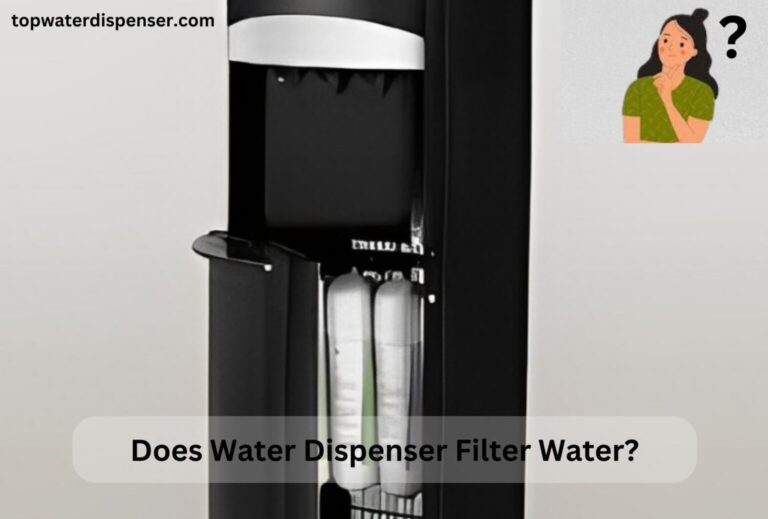
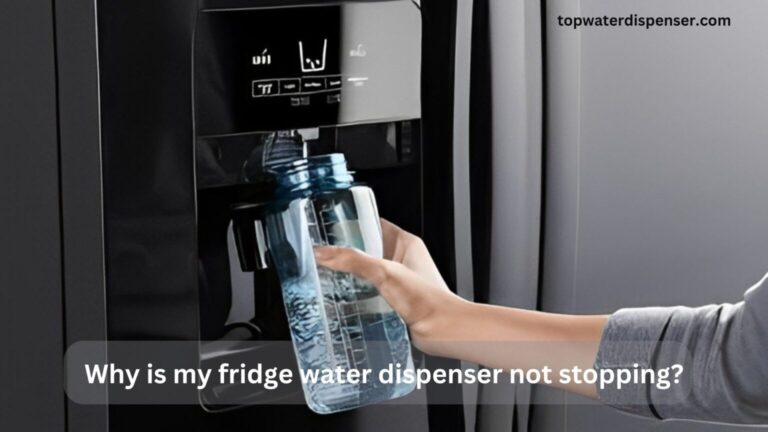
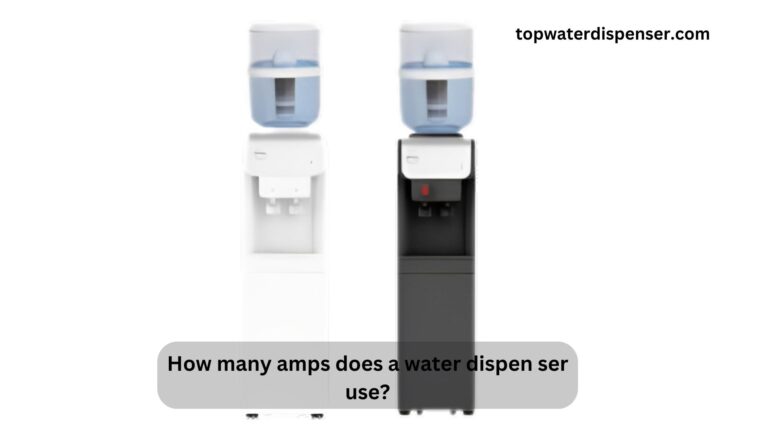
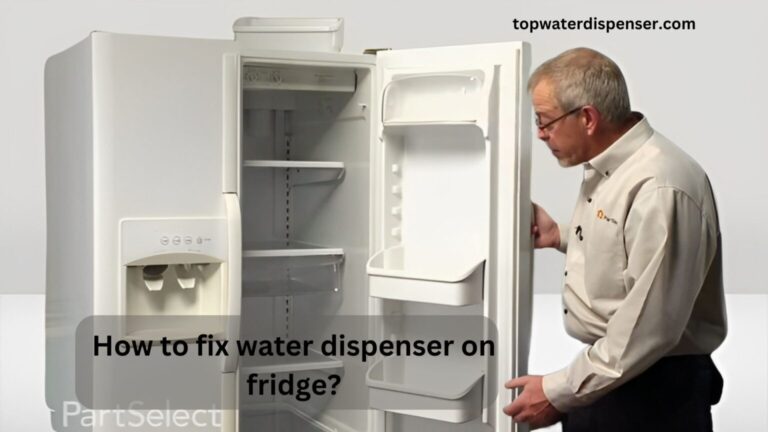
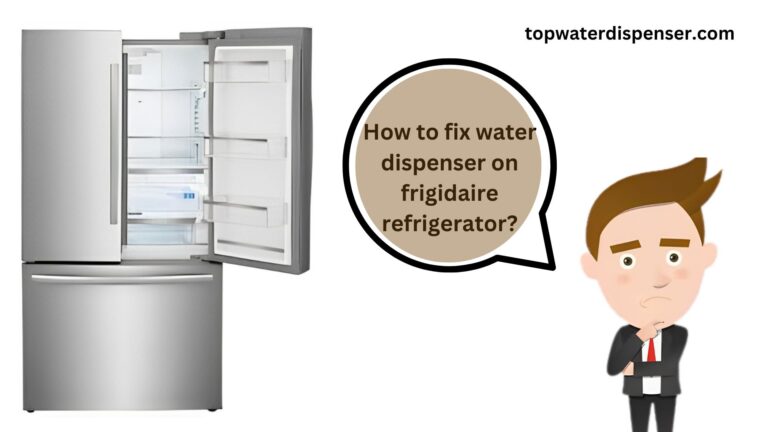
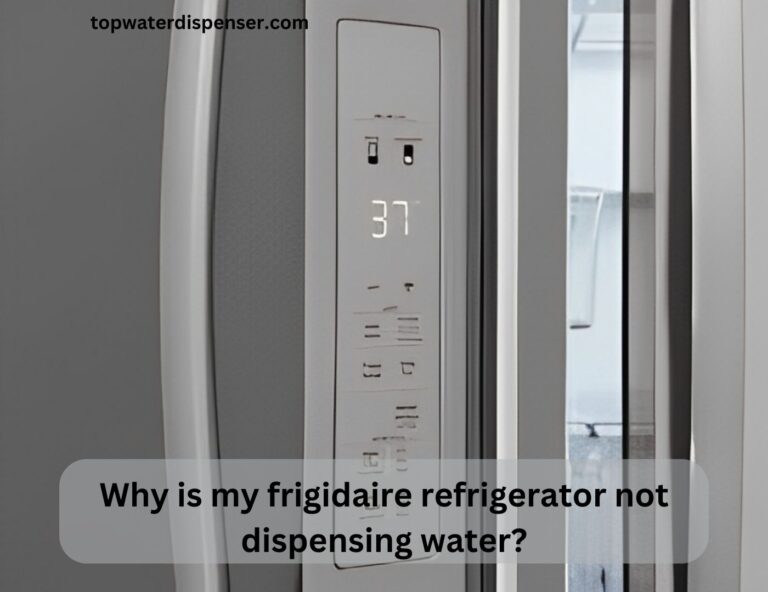
One Comment